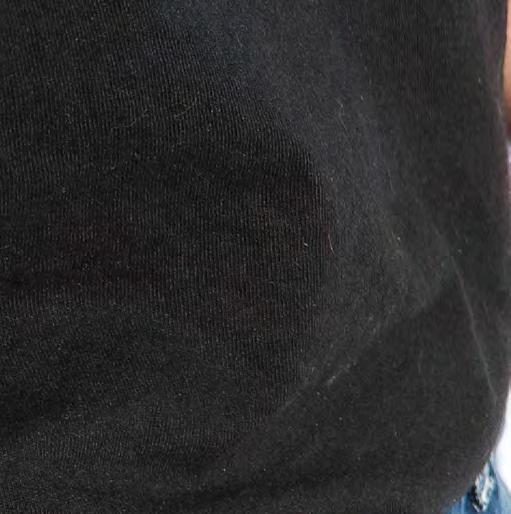
4 minute read
Brie-ond Delicious
from Tusk Magazine 2021
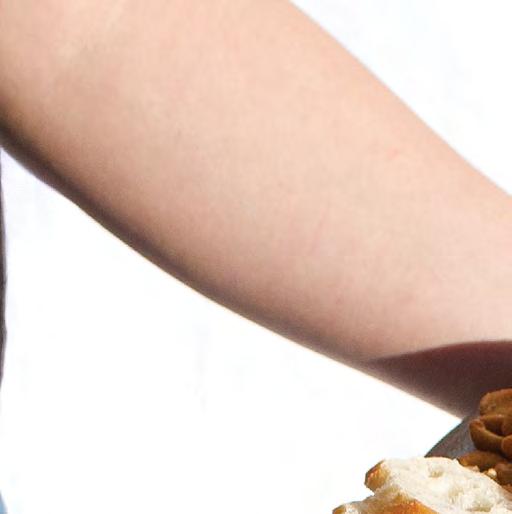
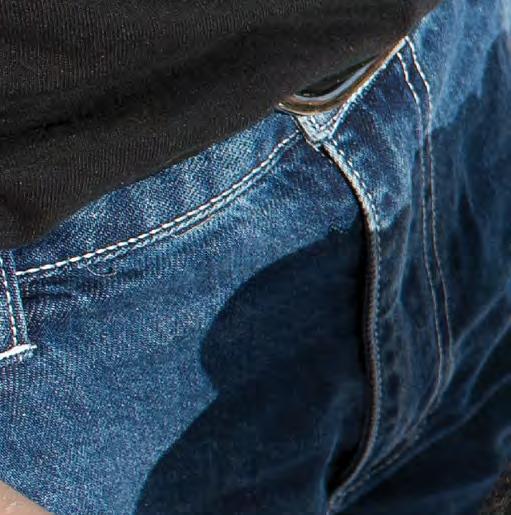
Advertisement





-OND DELICIOUS
A student’s guide to making an a ordable charcuterie board
STORY AND PHOTOS BY DANIELLE JAQUEZ DESIGN BY DARIUS JOHARI
Charcuterie boards, also known as fancy cheese plates, have become the latest trend on social media. Chances are you’ve seen one pop up on your Instagram or TikTok feed and gasped at how irresistible it looked. You may also have gasped at the price of one on the menu of a trendy restaurant.
Building your own board may seem like a daunting task, but it’s pretty simple. Tusk breaks down the process into three easy steps with professional tips from Orange County native Lauren Edwards, owner of Lover Boards OC, an Instagram charcuterie shop.
Step One: The Base
If you’re just starting out with charcuterie, investing in a high-quality cheese board might not seem particularly appealing, especially after dropping thousands of dollars in tuition money. Instead, work with what you have, and after some trial and error you’ll fi nd your go-to pieces.
If you need some training wheels for your fi rst board, a classic cookie sheet is the way to go. Not only is it accessible, but it also has bumper rails to keep all your ingredients in their own lane.
If you want to be extra fancy, try out a slate cheese board. These darker, modern boards will give your creation a sophisticated vibe. You could fi nd these at Target starting at $4.99.
Step Two: The Goods
Now onto the exciting stuff — the ingredients.
Edwards said she recommends shopping at Trader Joe’s for the best deals on
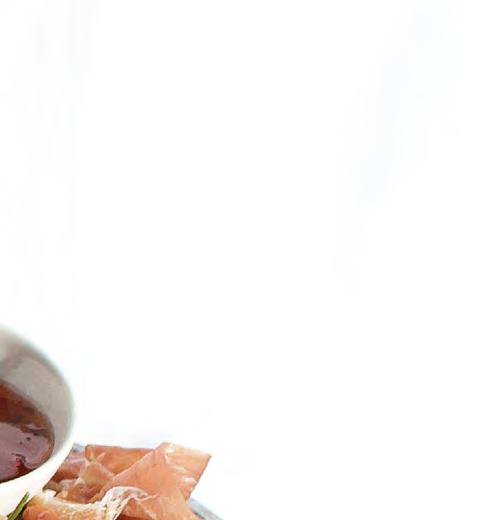
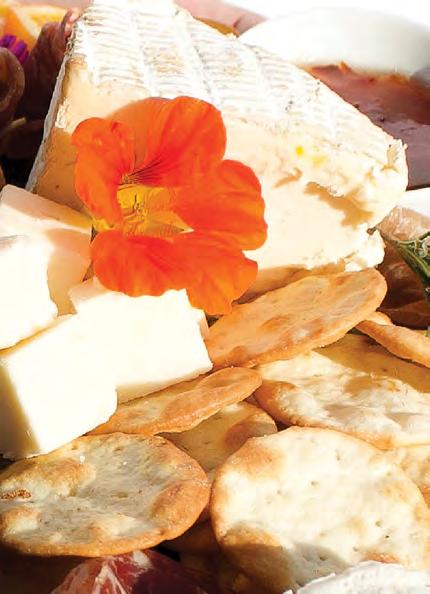
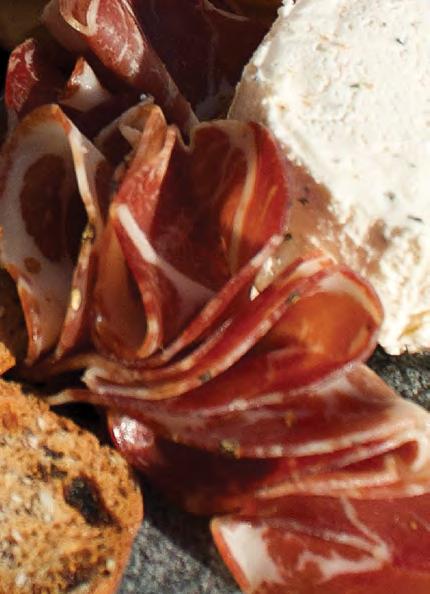

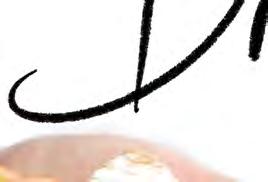


quality charcuterie ingredients. Below is a breakdown of the best meats, cheeses, and snacks to add to your shopping list.
Cheeses: For a small to medium-sized board, Edwards recommends using three kinds of cheese, preferably of different textures to add variety to your board.
Her top picks include Trader Joe’s Unexpected Cheddar, Triple Cream Brie and a package of Boursin Garlic & Fine Herbs. Trader Joe’s even has pre-cut cheese samplers such as the Spanish Cheese Tapas Sampler for those lazy days.
Meats: Edwards’ rule of thumb for having a balanced charcuterie board is about 2 oz of meat per person. Some classic options include prosciutto, salami, and capocollo.
Carbs: Now that you have your tasty meats and cheeses, they need a vehicle to travel on, and that’s where the carbs come in. For a mild option that works with almost any cheese, grab Trader Joe’s pita crackers or a classic french baguette.
For something a little more intriguing, Trader Joe’s carries a line of crisps that come in unique flavors such as fig & olive, raisin rosemary, and pumpkin cranberry.
Extras: The difference between an average board and a spectacular one lies in the added ingredients. Some options include grapes, olives, tapenades, honey, and fruit jams.
However, Edwards said charcuterie chefs should try out unique ingredients even if they seem a little odd, such as Trader Joe’s truffle marcona almonds or hot & sweet pepper jelly. Who knows? Those ingredients could be exactly what it takes to take your board to the next level.

Step Three: The Build
The last step to creating an Instagram-worthy charcuterie is arranging all your ingredients on the board.
Start with the larger components (cheeses, meats and crackers) and work your way to the smaller things (fruits, nuts and condiments). The key is to fill the board completely, so use the smaller components to fill in gaps on your board.
Next, take your masterpiece to the next level by garnishing your board with herbs such as rosemary and basil, edible flowers, or dried orange slices for added color and depth.
With that, you are all finished. Admire your board, take way too many pictures, and sit back with a glass of wine. TU SK










